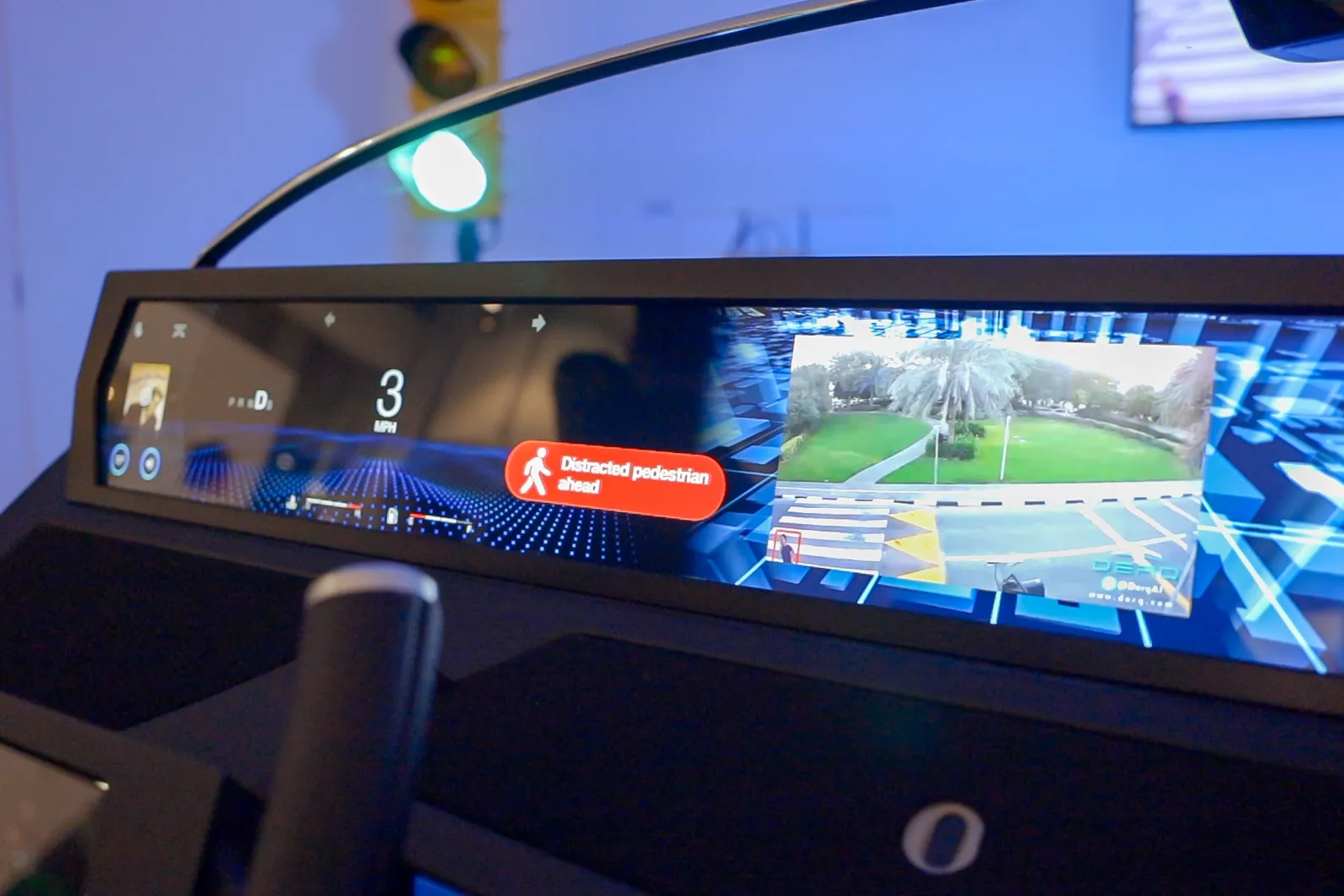
Queensland Department of Transport and Main Roads has chosen Q-Free to work on a cycling and walking counter display trial in Brisbane, Australia.
The four-month trial will measure and monitor the number of people using active transport routes on a path along Canon Garland Overpass in Toowong.
The elevated route over the Western Freeway links Toowong’s Anzac Park with Brisbane Botanic Gardens at Mt Coot-tha.
Q-Free’s Hi-Trac CMU monitoring units will be integrated into the local traffic control network. They will detect cyclists and communicate with warning signs and traffic signals to improve safety for all road users.
Q-Free Asia and Pacific vice president Silje Troseth says: "Cycling has many benefits, from personal health to sustainability and environmental health, so promoting it aligns with Q-Free’s values.”
The units use Q-Free's Kinetic Counts software, part of the Kinetic Mobility platform, to detect bicycles from other vehicles or pedestrians, and generates real-time usage data which it communicates with Kinetic Signs software.
Daily and year-to-date data, plus details such as current time, temperature, words of encouragement, and safety awareness messages are shared with path users on a display.
Hege Sand, Q-Free EVP of sustainability, people and brand, says: "Active transport improves our health through exercise while at the same time reducing emissions. We build technology to make active transport and mixed-use roads safer and better for everyone.”










